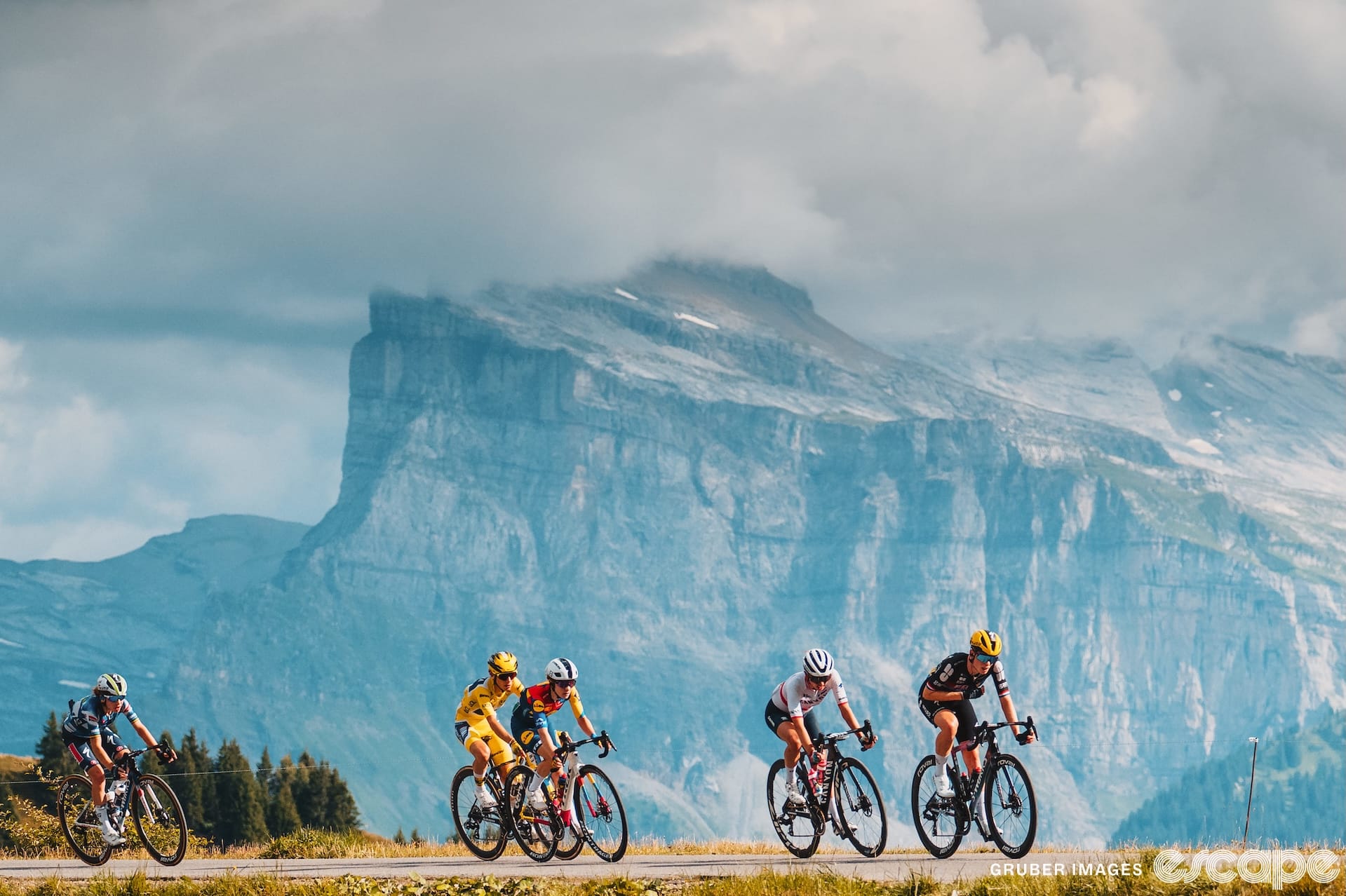
The biggest race in the world highlights the professionalisation of women’s racing, but also the strain placed on teams as the sport rapidly develops.

Gruber Images, Cor Vos
It’s hard to overstate the importance of the biggest race of the year, the Tour de France Femmes avec Zwift, for the teams that race it. The 2025 edition is widely touted as the most successful yet, with record-breaking viewership numbers; an average 4.4 million viewers tuned in to stage 8 to see Pauline Ferrand-Prévot’s solo win on the Col de la Madeleine. Teams come to this race with varying goals, but the eyeballs on the race make it invaluable for sponsors and, with that, the financial survival of teams.
Uno-X Mobility was one of those teams vying for attention. Yet, as stage 9 rolled around, their initial team of seven was down to just two. The Tour de France Femmes’ attrition rate was unforgiving for the Norwegian outfit.
By the start of stage 6, Uno-X had already lost more than half its starters, and by the final stage, sport director Martin Vestby had two riders left with whom to work a strategy around, plus a caravan full of VIP sponsors to host. “It’s not what we had expected, [but] we just have to make the most out of that,” he said.
Uno-X was far from alone; just five of the 22 teams in the race won a stage, and just two more took honors in one of the other jersey classifications. And while the dropout rate wasn’t higher than years past, the lopsided skew of results shows the strain that many teams are under on the sport’s biggest stage. Nowhere was that more evident than Uno-X, caught in a tight battle to stay above the sport’s relegation line that would see them dropped to the second division.
This post is for paying subscribers only
Subscribe now
Already have an account? Sign in
Did we do a good job with this story?
👍Yep
👎Nope
